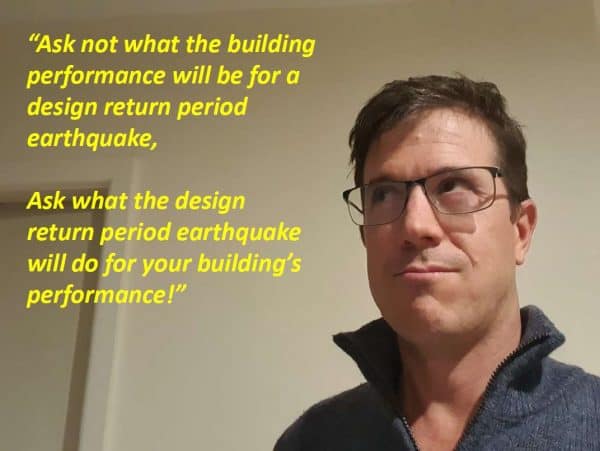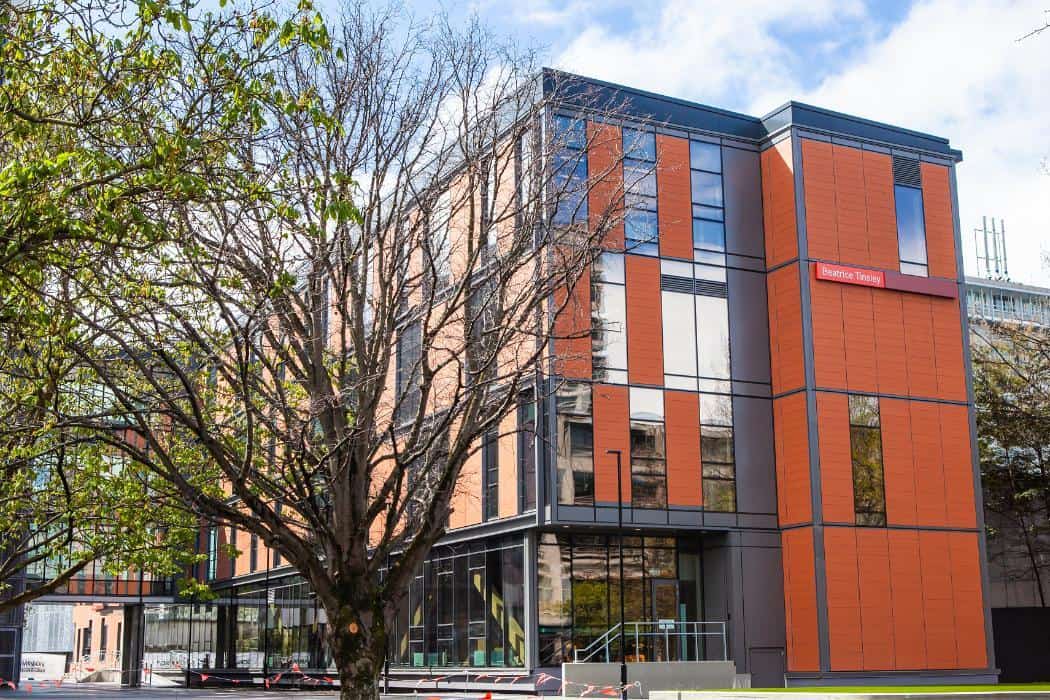In October 2021, our Built Environment co-leader Prof Tim Sullivan of the University of Canterbury gave a keynote presentation (online) at the 1st International Conference On Recent Advances In Civil And Earthquake Engineering, in Peshawar, Pakistan.
Tim provided a historical review of the way seismic design methods for buildings have evolved, identifying the key changes that have taken place since the early 1900s and examining how recent earthquakes, such as the Canterbury earthquakes in New Zealand, are prompting further developments.
It was shown that seismic design methods have evolved significantly over the last century as our understanding of earthquakes and building response improves and as performance expectations change. The public in New Zealand, and other parts of the world, now expect more than the basic need of life-safety for buildings.
While engineers have responded admirably to these calls for change, Tim questioned the manner with which engineers currently quantify and describe seismic performance. Rather than talking about the return period earthquake that has been used to check different design limit states, Tim argued that future seismic design approaches should enable designers to control risk and quantify modern building performance objectives, such as likelihood of different levels of repair cost and downtime.


Finally, Tim highlighted a number of on-going initiatives to deliver improved seismic performance of buildings in New Zealand, reviewing research related to support whole-of-building design, innovative new structural systems and a new seismic rating system for non-structural elements.




